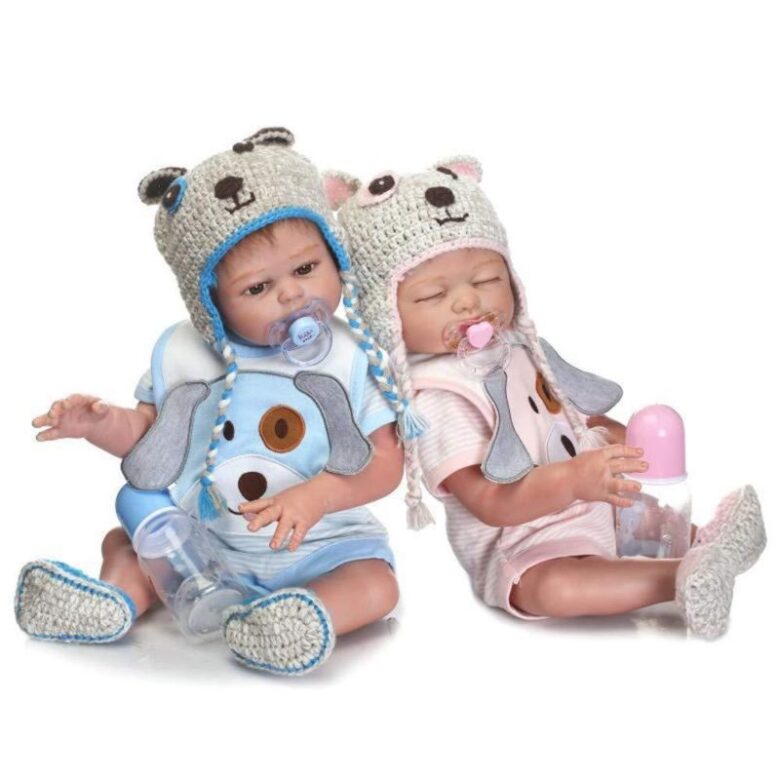The word ‘reborn’ is now popular as ever among doll producers. What do they mean by it? Read this article and learn what ‘reborn’ means exactly, find out about the origins of the reborn movement and a few more things you should know to understand the process of ‘reborning’ better.
What Is A Reborn? A Simple Definition
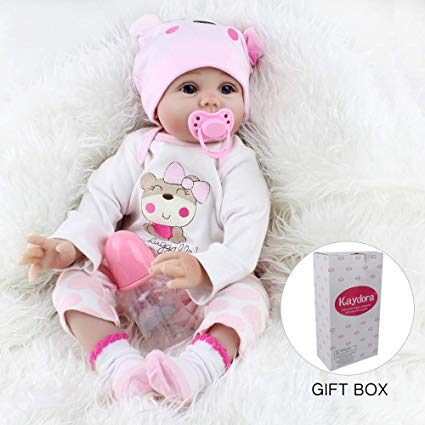
Artists usually make these by using manufactured doll or part kits, undertaking the industrious process of cleaning the factory applied paints and finishes off the toy and then starting what is called reborning the doll.A reborn doll is one which an artist has modified so that it looked like a human infant. The process has been coined ‘reborning’ and takes lots of time and extreme attention to detail. Since artists invest a huge amount of labor, time and craftsmanship in developing them, these realistic dolls sometimes cost hundreds or thousands of dollars.
Actually, you can make a reborn doll from any mass-produced vinyl one, though artists prefer to work with some particular types due to the dolls already having lifelike features. When choosing a doll to work with, artists will look out for the ones produced with human looks, traits, and shape of the body. Paradise Galleries is a manufacturer offering a range of dolls providing the ideal base for the metamorphosis with the price being quite low.
Lifelike dolls are offered in a range of sizes, from ‘preemies’, or very small, to normal-sized ones. The size can vary from several inches to the size of a human baby.
According to ToyBoxAdvisor.com, the term reborn is only used for these unique, restyled dolls, though it’s been more and more often applied to any realistic-looking baby doll, no matter whether they are tailor-made or mass produced. Sometimes Paradise Galleries’ ones are referred to as ‘reborn’, whereas actually what they mean is the lifelike qualities of those dolls, which means the term is still developing.
How the Movement Started
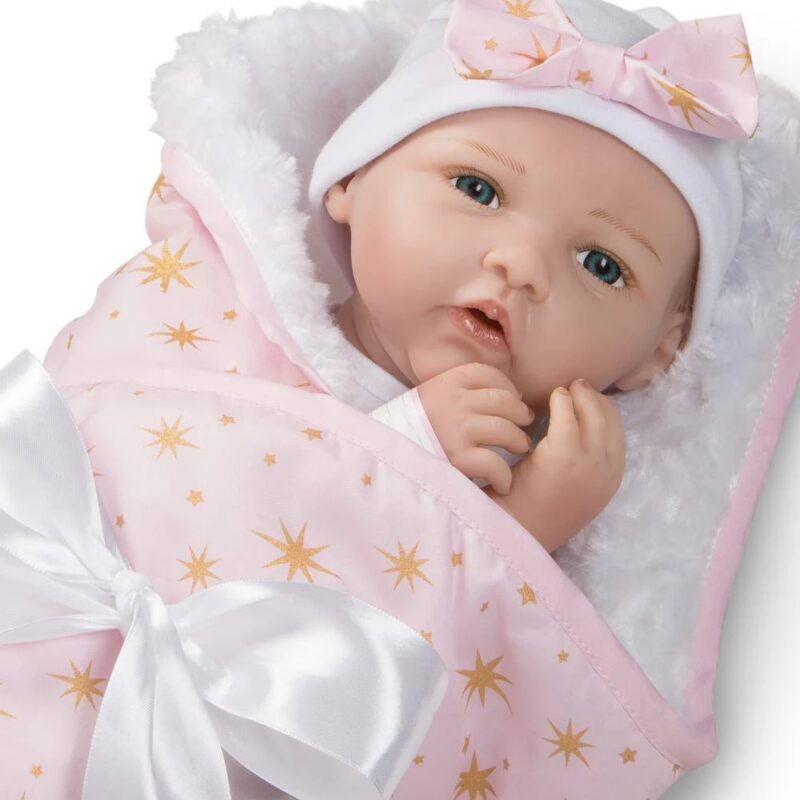
Since their outset, the lifelike dolls have definitely acquired a well-deserved attention and love of the doll-making community. Thanks to the internet, the makers set up online communities to share this craze for reborn and realistic baby dolls.
Thanks to international media coverage, the market expanded all round the world. Currently, reborning has been used in therapeutic processes, has lots of admirers; there are magazines, books, and social event held for its loyal followers.
The Process Of Reborning
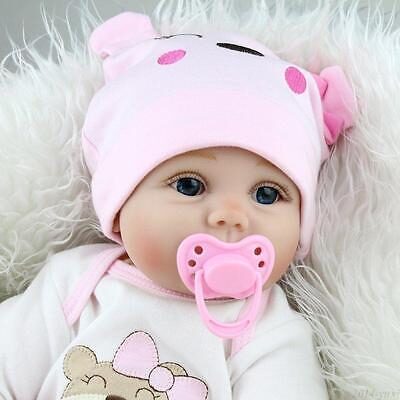
The primary aim of an artist is the most realistic looking doll possible. To achieve this, they even change the form of nostrils and ears to make sure these have a more accurate true-to-life shape. The eyes will undergo some changes too: they will either be repainted or changed for prosthetic ones.The first thing one needs to start the reborning process is either a kit or a manufactured doll. When opting for one that is already painted at the factory, the artist will soak the vinyl parts in a chemical solution to get rid of the original finish. Doll kits are blank with no finish on them.
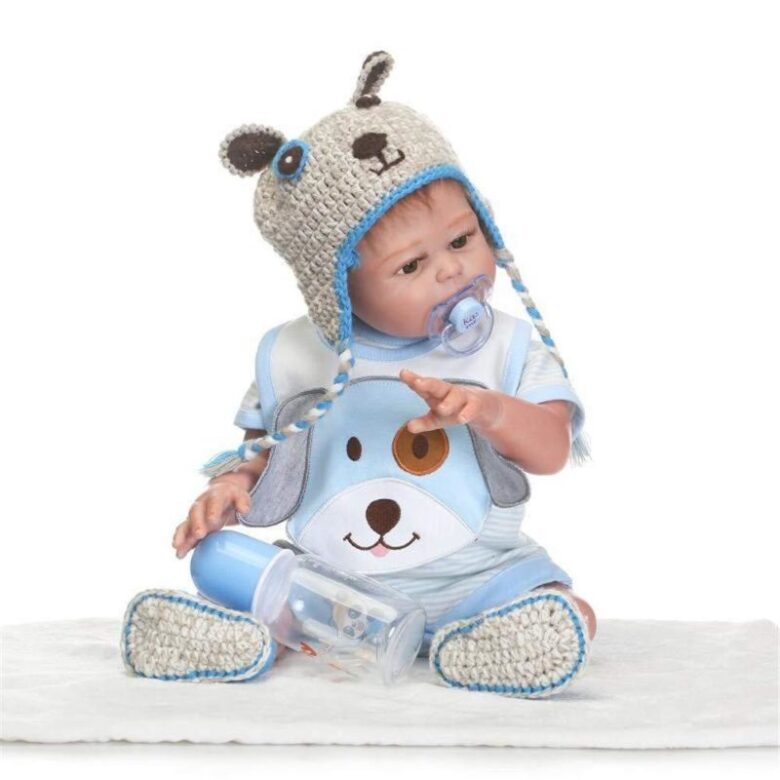
The dolls will then get the new finish, often up to 80 layers of paint. The artist usually starts applying a layer of blue tones to copy the undertones of realistic baby skin. Step by step, with the layers of paint baked onto the vinyl doll, it gets the skin looking just like a newborn’s mottled skin with realistic veining, rosacea, etc.
Working with the hair, artists will root the hairs one by one into the scalp, or will apply a wig sometimes. The hairs will be rooted strand by strand to achieve hair looking extremely lifelike; this process is called micro-rooting.
After that, the artist will stuff and weight the doll making sure it thoroughly mimics the weight and weight distribution of a real human infant. Some dolls are also upgraded with electronic features making them even more realistic, e.g. hot packs which makes them warm, voice boxes, or devices copying heart beats and breathing.
Still, reborning is a relatively new doll making industry. Every day sees brand new techniques and processes allowing artists to make their dolls look unbelievably realistic. This is a chance for an artist to use mass produced parts and create an ultra-realistic one looking exactly like a human baby. It takes hours and hours of painstaking painting and refinishing to reborn these into genuinely powerful works of art.


